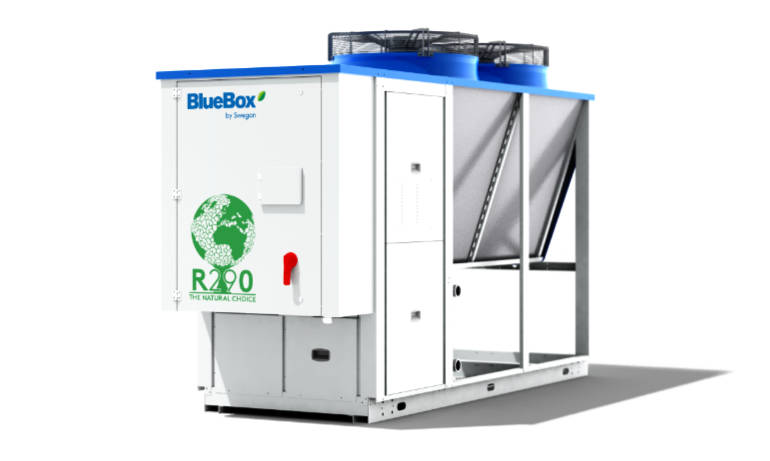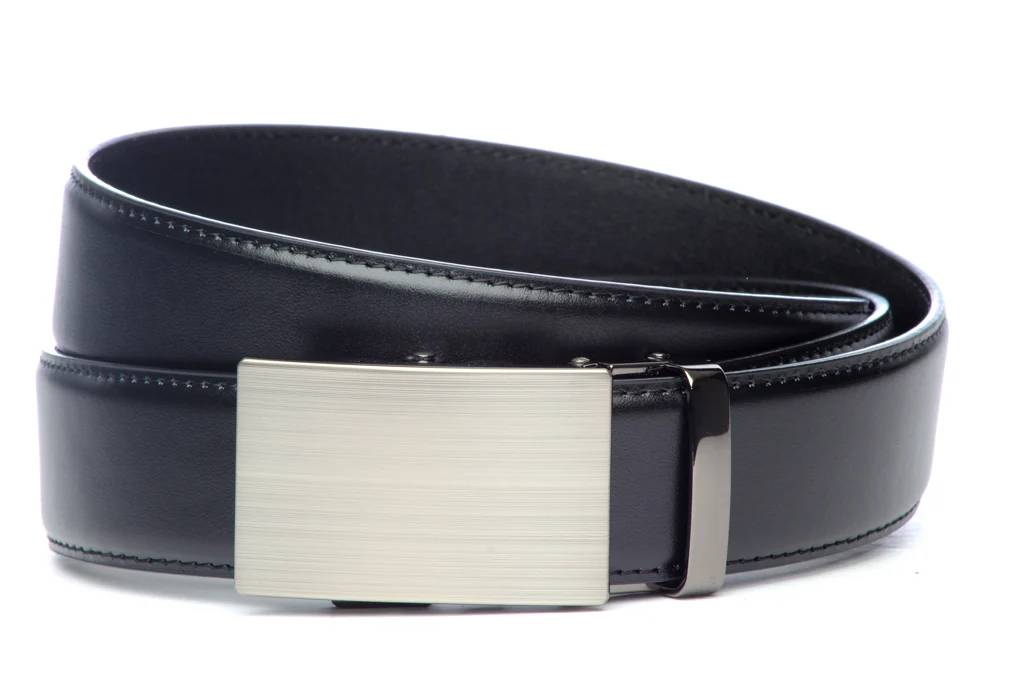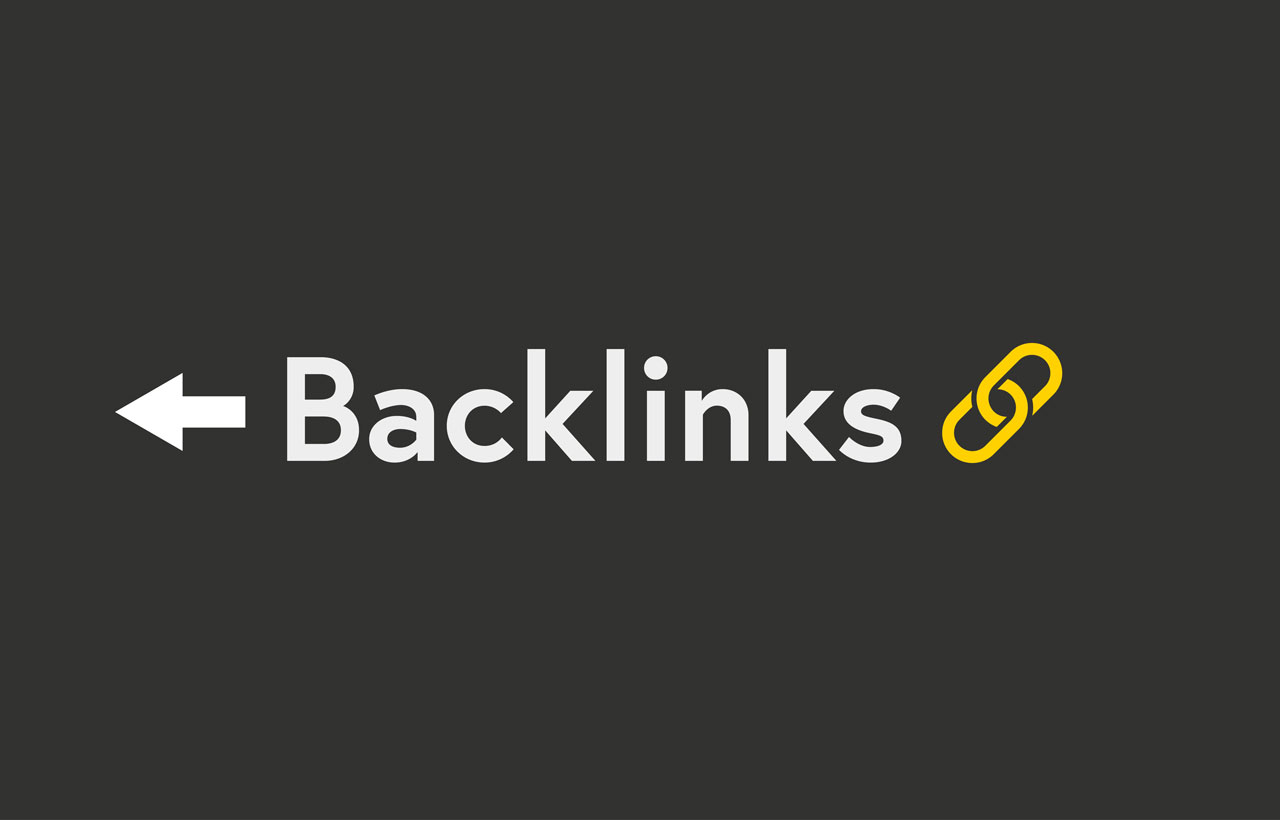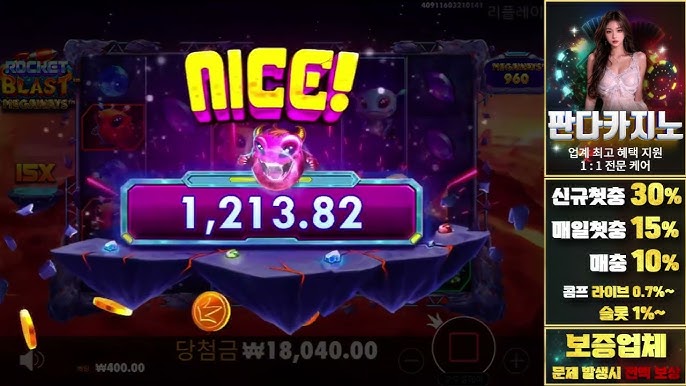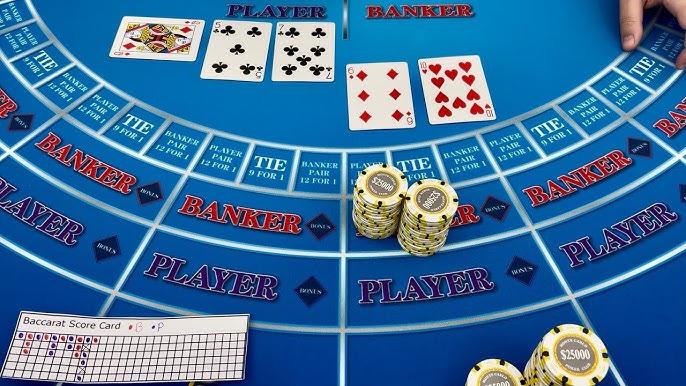
Honda Motor Co. on August 6 announced a sharp decline in its first-quarter operating performance, yet simultaneously raised its full-year profit outlook after revisiting tariff assumptions and foreign exchange expectations.
Key Highlights:
- For the April–June quarter, Honda’s operating profit dropped roughly 50%, landing at ¥244.2 billion (about US $1.66 billion), significantly below the analyst average of ¥311.7 billion. A stronger yen and hefty U.S. car import tariffs reduced profits by around ¥125 billion.
- Honda trimmed its estimated tariff burden for the fiscal year from ¥650 billion to ¥450 billion, based on updated trade terms with the U.S. and Japan.
- As a result of the reassessment and a weaker assumed yen (about ¥140 to the dollar), the company lifted its full‑year operating profit forecast to ¥700 billion, up from an earlier ¥500 billion projection.
Operational Context
- Net profit also dropped by approximately half, reaching ¥196.7 billion, while quarterly sales declined about 1–1.2% to ¥5.34 trillion.
- Despite the challenges in its auto division, Honda’s motorcycle business performed well—led by strong demand in markets like Brazil and Vietnam—which helped offset overall weakness.
- A one‑off charge of around ¥113 billion linked to electric vehicle developments—such as write‑downs and provisioning—further weighed on results.
Trade and Currency Factors
- The U.S. has imposed 27.5% tariffs on Japanese car imports since April, but a recent agreement aims to reduce that rate to 15% for Japanese-made vehicles, expected to take effect in September.
- Honda now anticipates greater local production and localized sourcing in North America—through Canada and Mexico—to manage future tariff risks.The Wall Street Journal
Looking Forward
- Over the full fiscal year ending March 2026, Honda expects net profit of around ¥420 billion—still nearly a 50% drop compared to the previous year—but significantly improved over its earlier ¥250 billion forecast. Sales are expected to dip 2.7% to about ¥21.1 trillion.
- CFO Eiji Fujimura emphasized that while the revised tariff outlook brings optimism, Honda must prepare for higher trade barriers to persist as the “new normal.”
